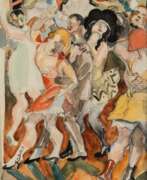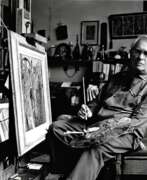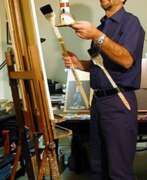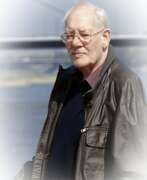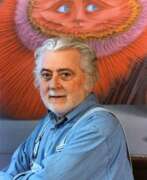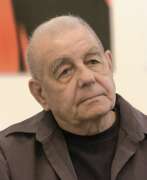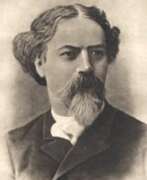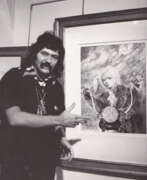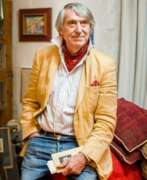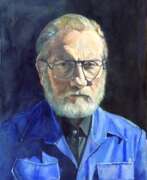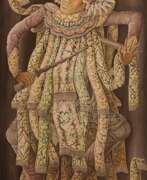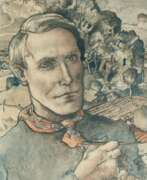Portrait Fantastic Realism
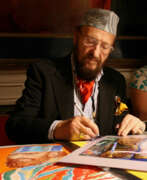

Ernst Fuchs was an Austrian painter, draftsman, printmaker, sculptor, architect, stage designer, composer, poet, and one of the founders of the Vienna School of Fantastic Realism. In 1972, he acquired the derelict Otto Wagner Villa in Hütteldorf, which he restored and transformed. The villa was inaugurated as the Ernst Fuchs Museum in 1988.
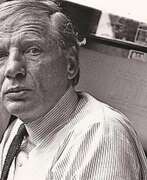

Rudolf Hausner was an Austrian painter, draughtsman, printmaker and sculptor. Hausner has been described as a "psychic realist" and "the first psychoanalytical painter".
A characteristic of his painting technique is the use of translucent ("glazing") resin oil paints in more than ten layers on top of each other over underpainting of acrylic paints, which gives the paint a special luminous depth. He also developed methods to create flawless transitions in pure oil painting without the use of an airbrush.


Wolfgang Herzig was an Austrian painter and sculptor known for his critical portrayal of social realities. In his figurative paintings he draws attention to human weaknesses in everyday life.
There is a sense of social criticism in Herzig's work, but he never turns his characters into caricatures. Over time, the artist came to a peculiar two-dimensional form of plastics.
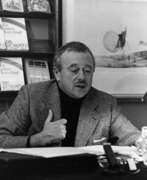

Roger Loewig was a German artist, illustrator and writer.
In addition to working as a teacher of Russian, German and history, Loewig independently practiced painting and drawing. In 1963, he organized an exhibition of his work, but was arrested on charges of "incitement endangering the state". Most of his paintings and literary texts were confiscated.
In 1972, he left for the Federal Republic of Germany, where he found recognition for his talent. Along with Günter Grass, Christoph Meckel and others, he joined the wide circle of "Berlin poets-artists", and Loewig's visual art became recognized as fantastic realism. Loewig's artworks and texts about war, flight, exile, and unfreedom placed him among the most important German artists of the postwar period.
